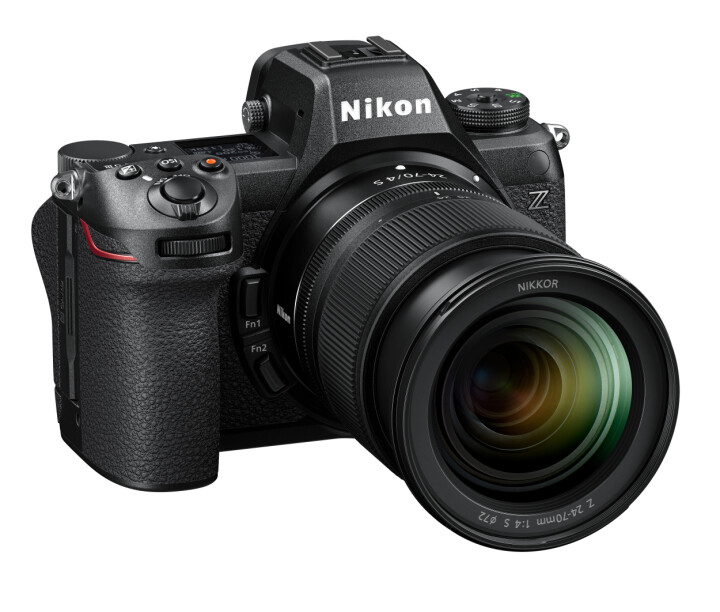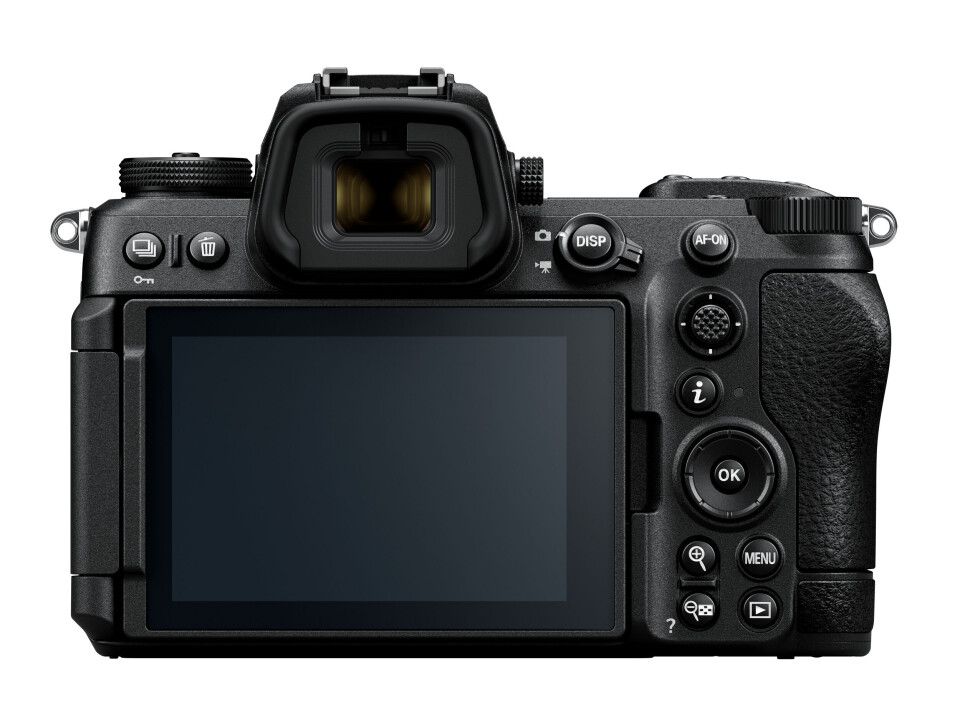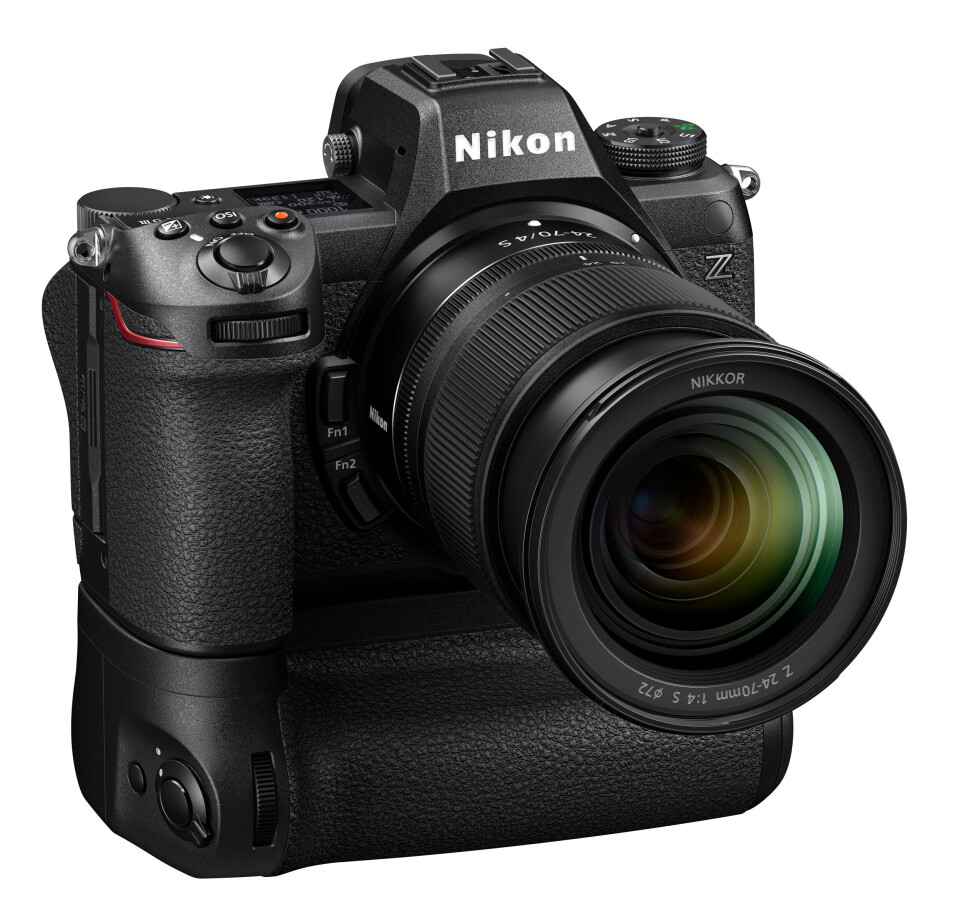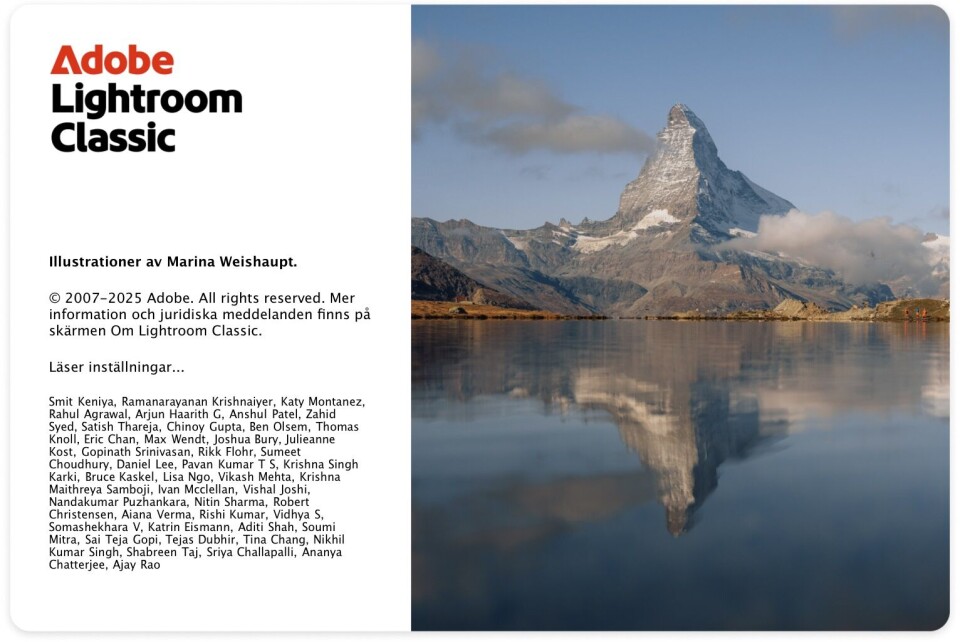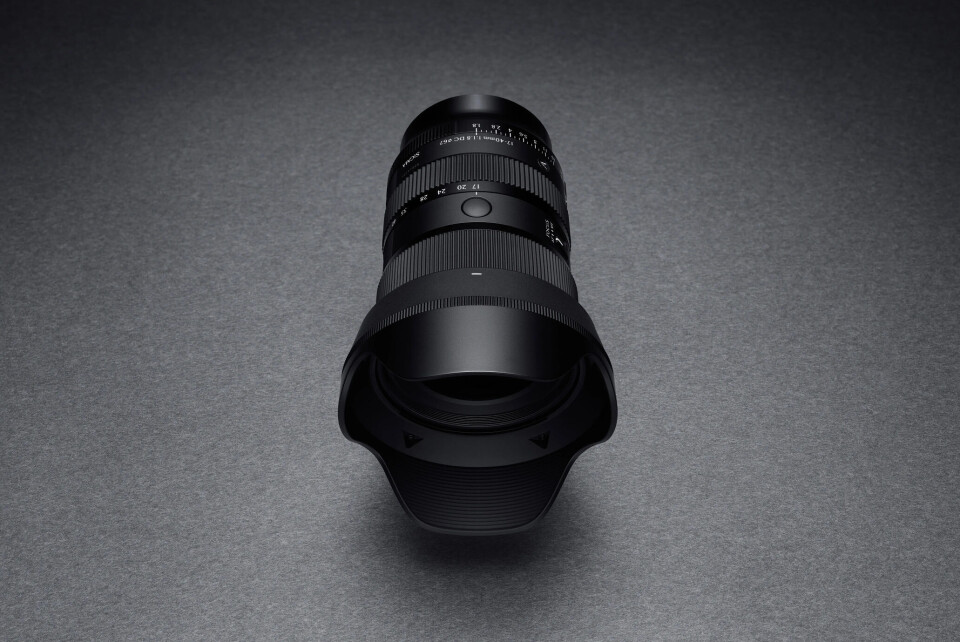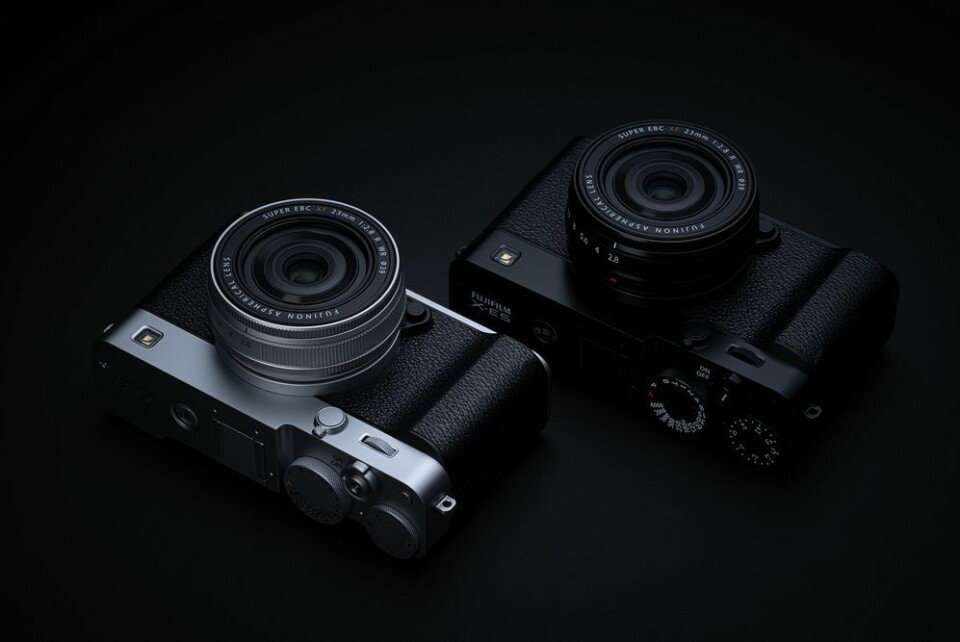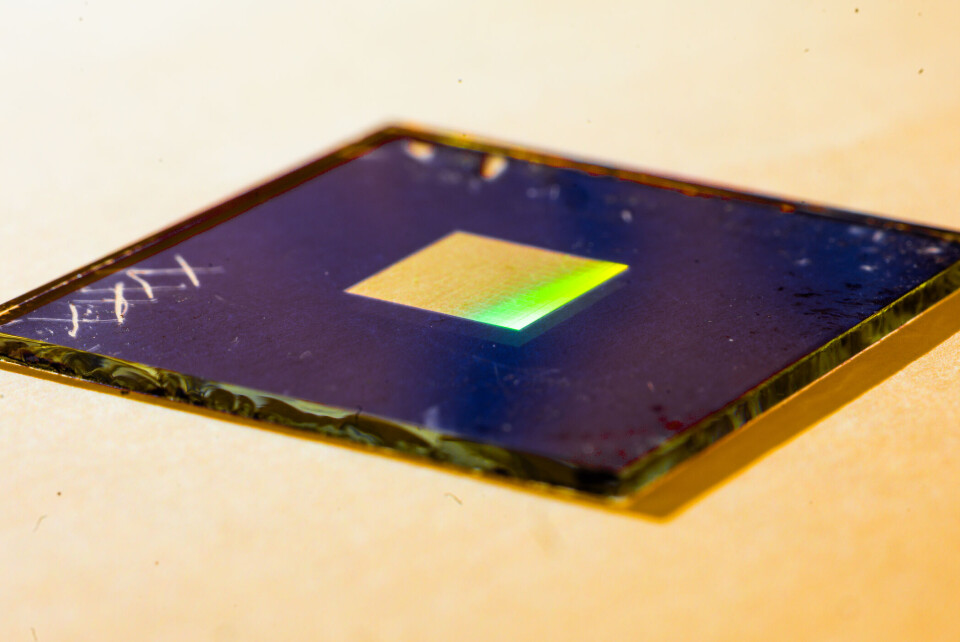Stockholm, Sweden, June 17, 2024: Today, Nikon expands its acclaimed range of mid-range Z-series cameras with the Z6III, a full-frame hybrid camera. The small yet tough Z6III is built in the same spirit as the Z8 and Z9 and is a flexible creative powerhouse offering exquisitely detailed still images and 6K/60P (RAW) internal movie recording.
With the Z6III, we reach a new level of performance for mid-range full-frame cameras. The camera is an exciting upgrade for photographers and filmmakers looking to hone their skills or go big on creativity, while the equipment remains ultra-compact. The core of the camera is the world's first partially stacked full-frame CMOS sensor. It is designed so that the Z6III can deliver great results while being small and compact. In this way, it delivers in every way with incredible image quality and impressive dynamic range and color reproduction.
The partially stacked sensor in the Z6III is backed by the same EXPEED 7 processor as in the Z8 and Z9 - and this powerful duo underpins the camera's lightning-fast AF calculations and refresh rates for the electronic shutter, as well as its impressive light sensitivity. Still photographers get a consistently smooth image through the viewfinder and can unleash up to 120 fps without worrying about shutter distortion. Filmmakers can deliver lifelike 6K and 5.4K movie sequences straight from the camera or create detailed 4K UHD movies with oversampling from 6K in-camera. Additionally, both photographers and filmmakers can benefit from Nikon's intelligent subject detection, which detects and locks focus on the subject's eyes in animal or human modes. Then they can continue shooting long into the night thanks to the sensor's broad ISO range and AF sensitivity down to -10 EV.
The Z6III also has the brightest electronic viewfinder in its class - and this is the first mirrorless camera ever to have an electronic viewfinder with a wide DCI-P3 color range. With such a fantastic display, no details are hidden in the shadows, and users can create directly in the camera and be confident that the colors are reproduced as intended in the final files.
Nikon Imaging Cloud, a free cloud service that offers firmware updates directly to the camera as well as image storage from camera to cloud and exclusive image recipes will be available shortly. Summary of key features: Z6III Partially stacked 24.5 MP full-frame sensor: lightning-fast sensor scanning speeds provide full-pixel readout for clean, detailed images with excellent dynamic range and color reproduction. The ISO standard range goes from 100 to 64,000 (and can be expanded to 50-204,800).
6K RAW movie in-camera: Internal recording in 6K/60P (RAW) and 5.4K/60P (YUV). You can create 4K UHD/60p movies with oversampling from 6K in-camera and record movie sequences at 240p (10× slow motion).
Professional quality sound: The camera's external microphone input can be used as a line-level input for professional quality sound.
Bright electronic viewfinder with ultra-wide color range: With refresh rates of 60 fps, the electronic viewfinder at 4,000 nits and 5,670,000 dots consistently provides a smooth and high-resolution display. A wide color range (DCI-P3) displays lifelike colors without color fringing.
Up to 120 fps with AF/AE and preview: 120 fps (10 MP JPEG files in DX format) or 60 fps (24 MP JPEG files in full frame). The Z6III captures the decisive moment, even if it occurs before you release the shutter.
Highest level AF features: Lightning-fast AF calculations provide consistently reliable tracking that does not let go. Subject recognition and AF work down to -10 EV for movies and still images.
Powerful vibration reduction and focus point stabilization: Five-axis image stabilization with 8.0 steps built directly into the camera body and E-VR for movies. Focus point VR stabilizes the area around the active focus point.
High-resolution tiltable monitor: A fully tiltable touchscreen with 2,100,000 dots provides a clear and detailed view of the subject from all angles.
Small, light, durable: Weighs only about 750 g, with premium weather sealing and cold resistance down to -10 C/14 F.
Two card slots: One slot supports CFexpress type B cards or XQD cards, while the other supports UHS-II SD cards.
Optional vertical battery grip: Nikon's new battery grip MB-N14 can be used as a grip for vertical shooting or to counterbalance telephoto lenses, but also to keep the batteries going until the evening during a long day of shooting.
FOOTNOTES:
1 Among mirrorless cameras in full frame/in FX format as of June 17, 2024. Based on Nikon's research.
2 Nikon Imaging Cloud will be available shortly. Visit Nikon's website for information.
3 AF sensitivity down to -10 EV. Measured in photo mode with ISO 100 and a temperature of 20 °C with single-point servo AF (AF-S) and a lens with a maximum aperture of f/1.2.
4 Vibration reduction with 8.0 steps measured with the telephoto part of the NIKKOR Z 24-120mm f/4 S. Based on CIPA standards.
5 When NIKKOR Z lenses without built-in VR are used, focus point VR is available in photo mode. Focus point VR does not work when multiple focus points are displayed.



